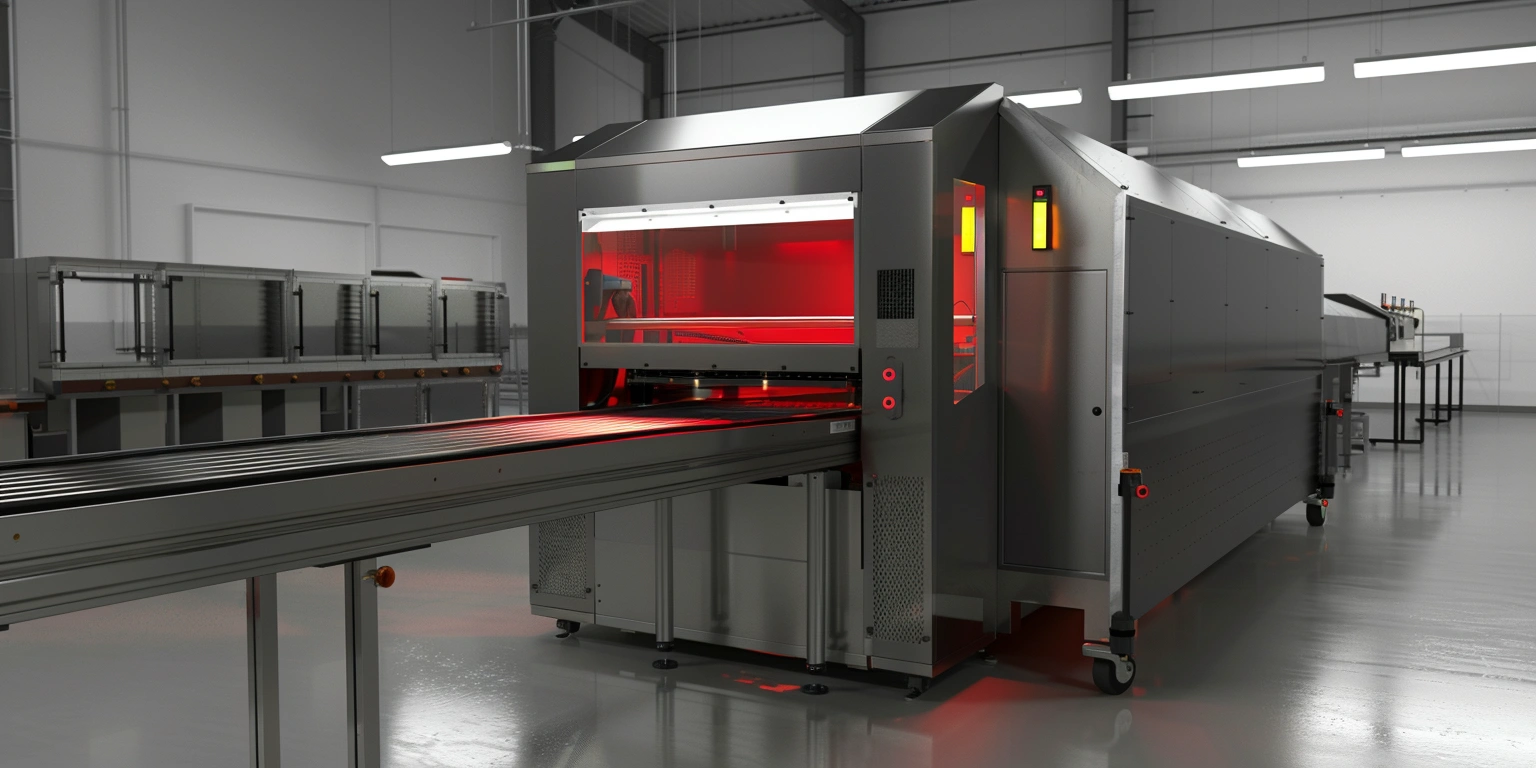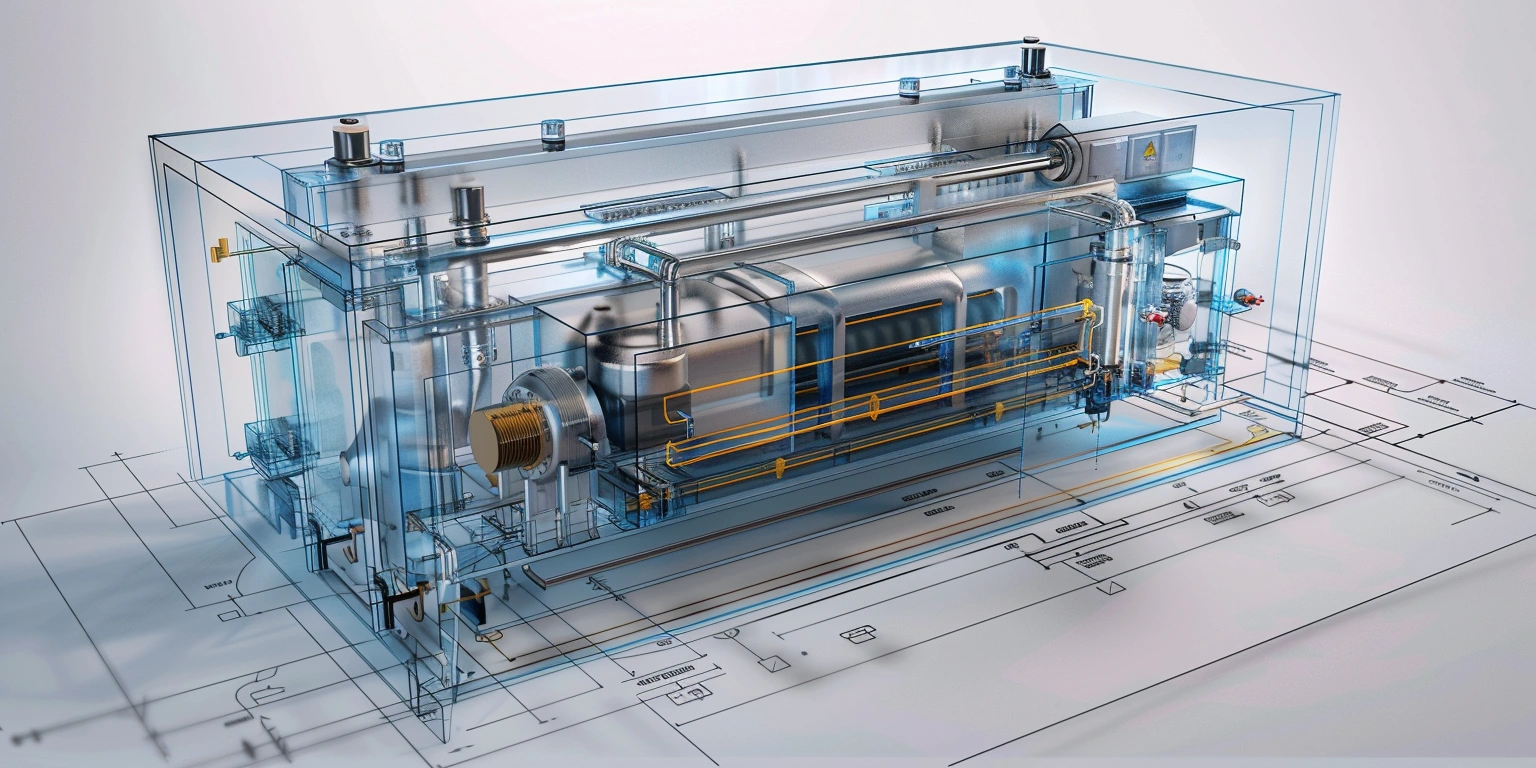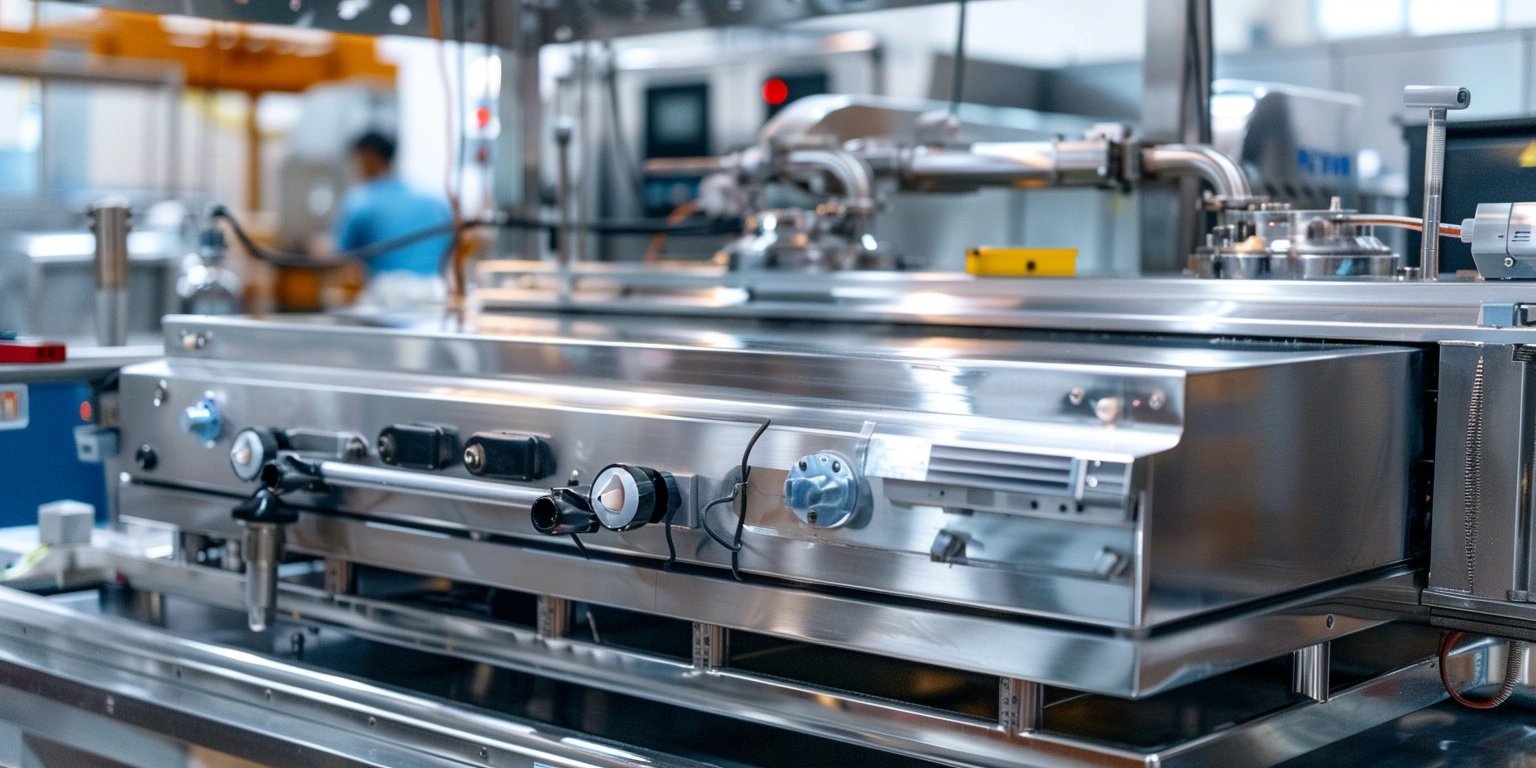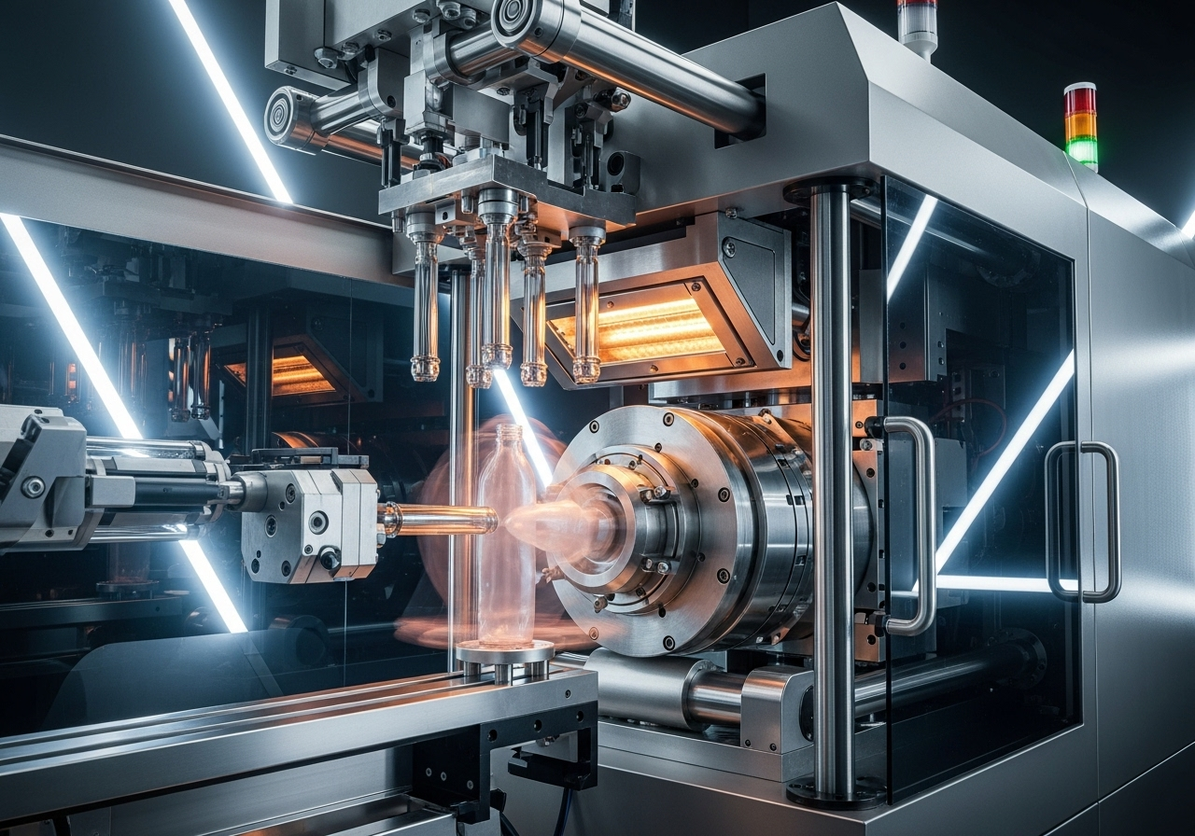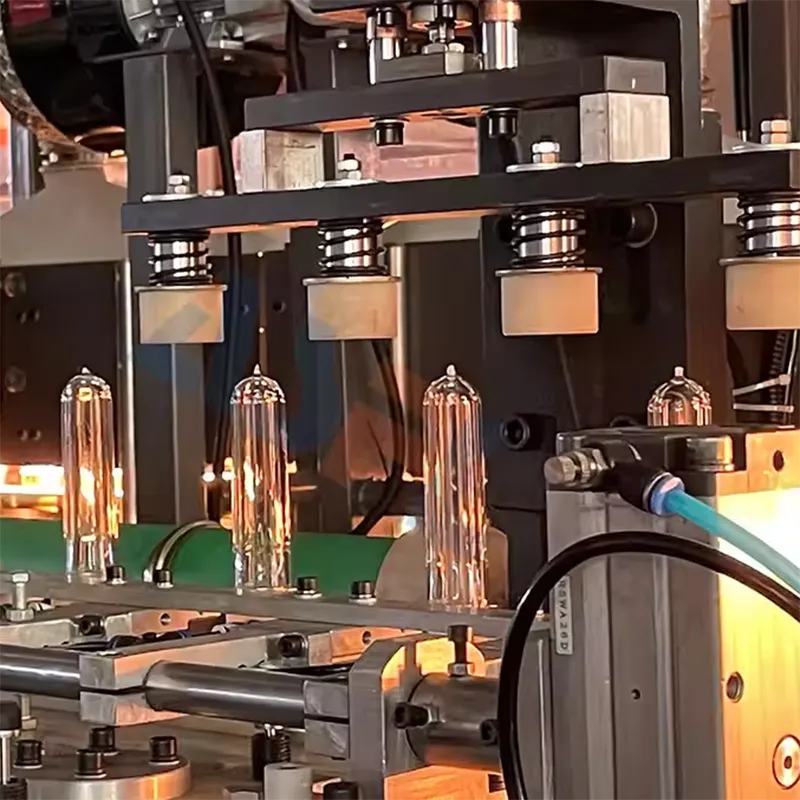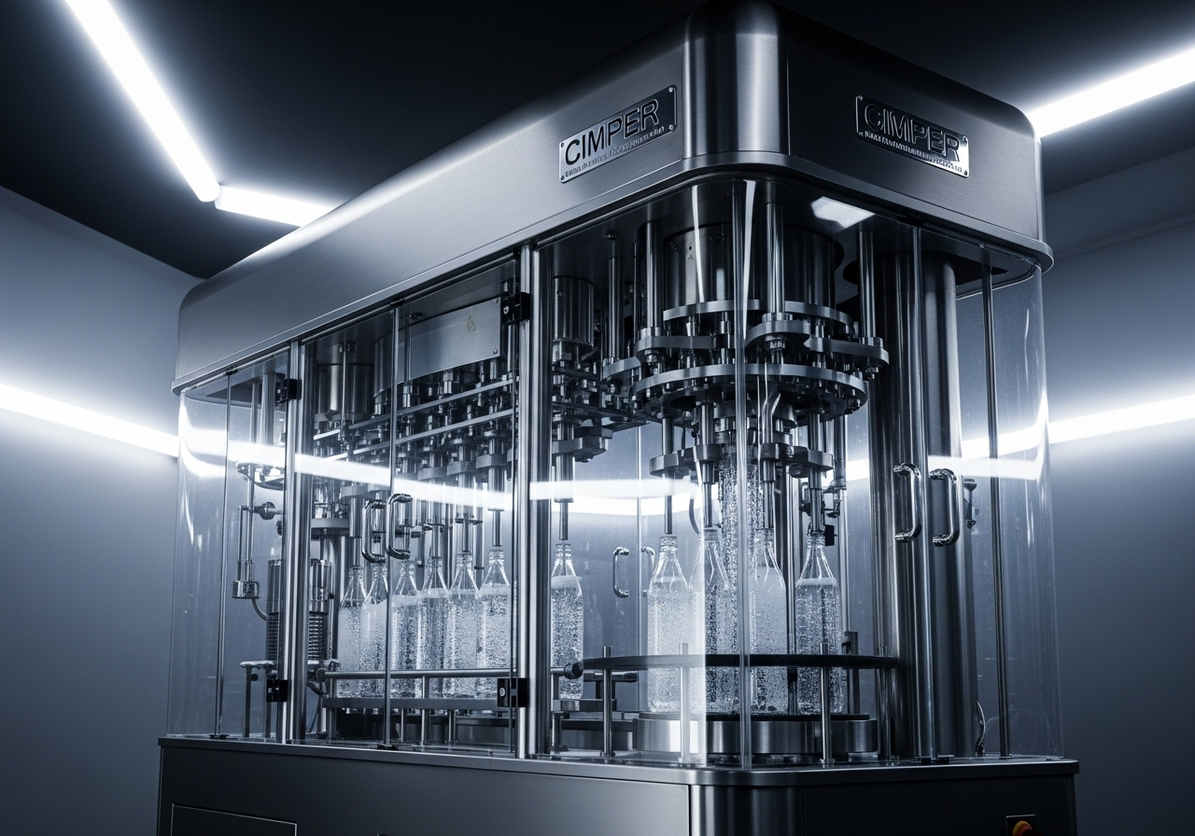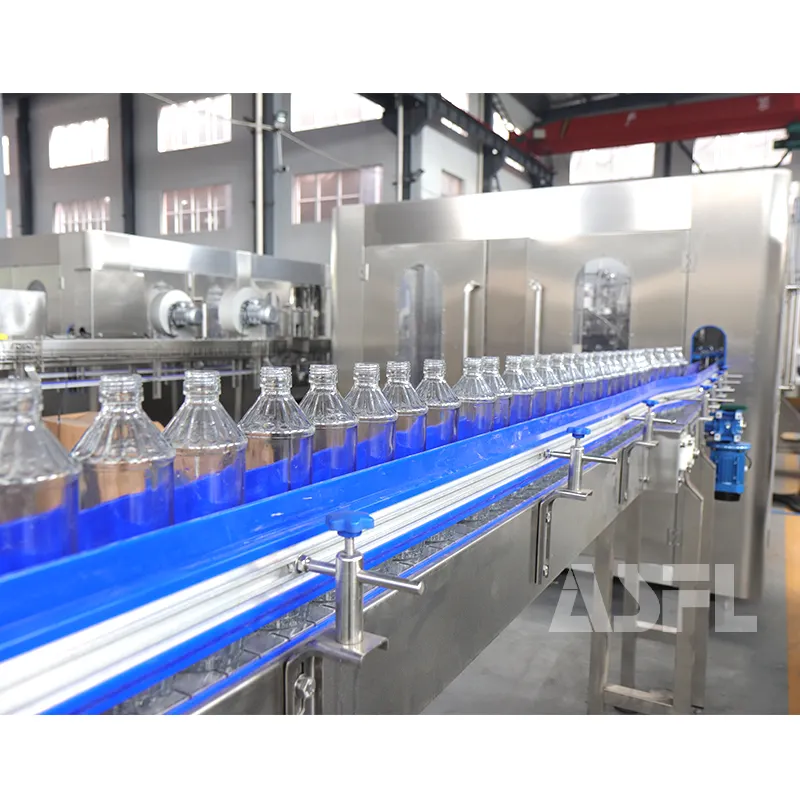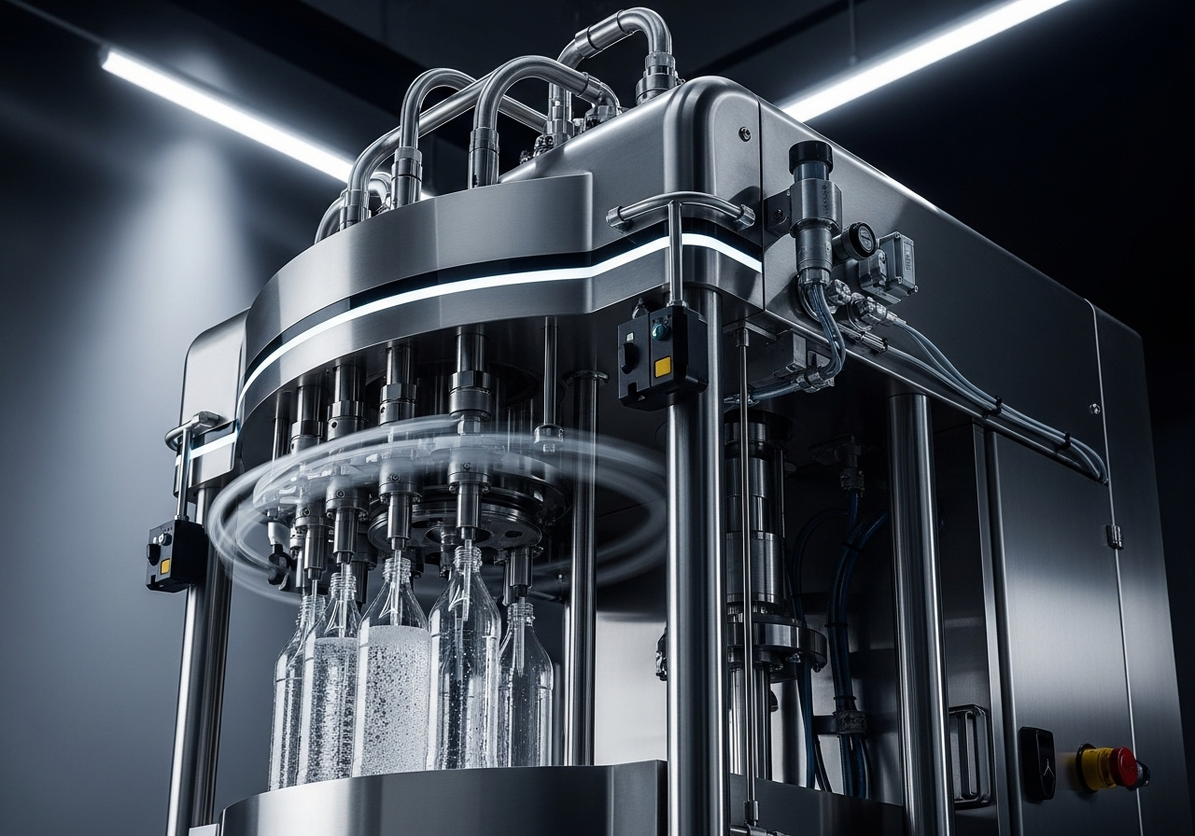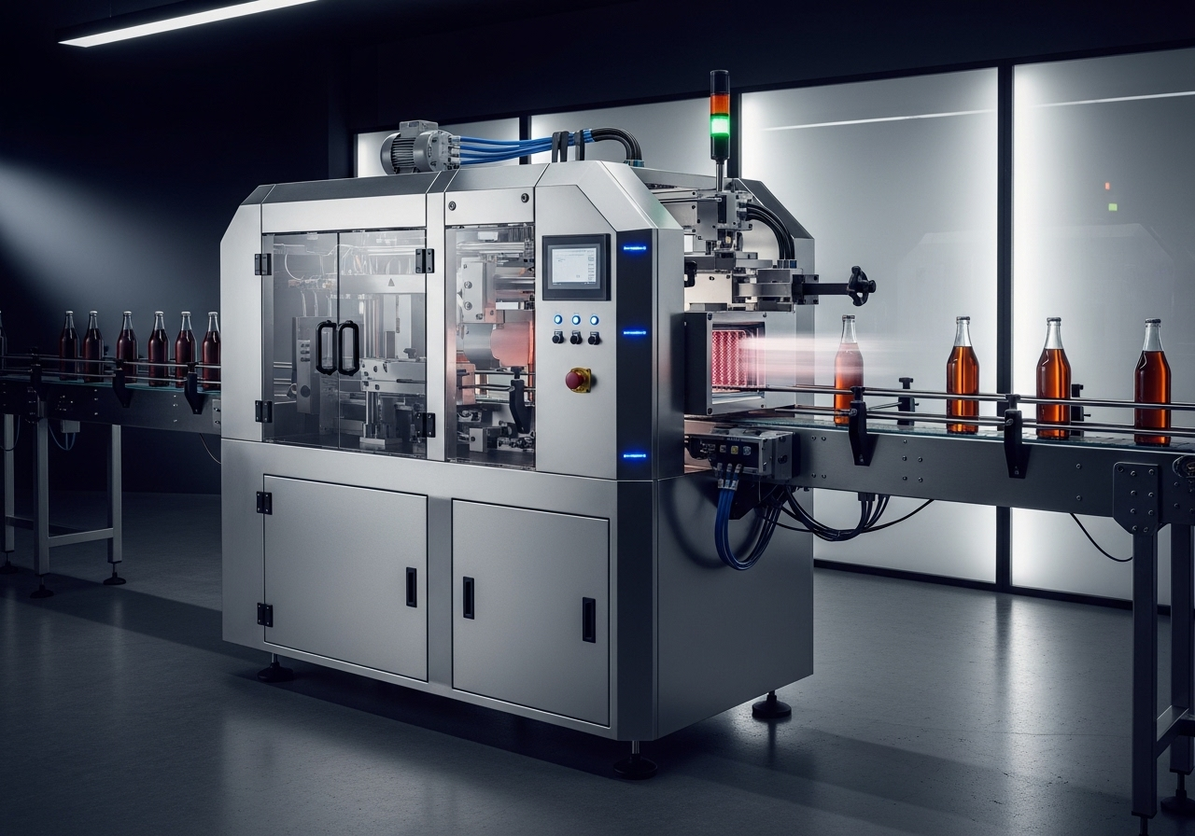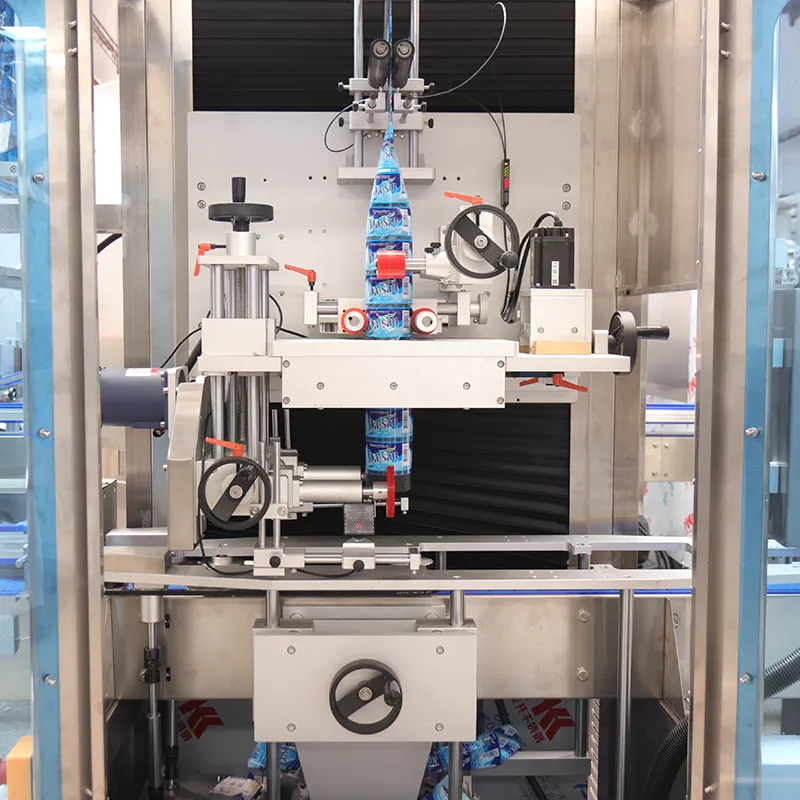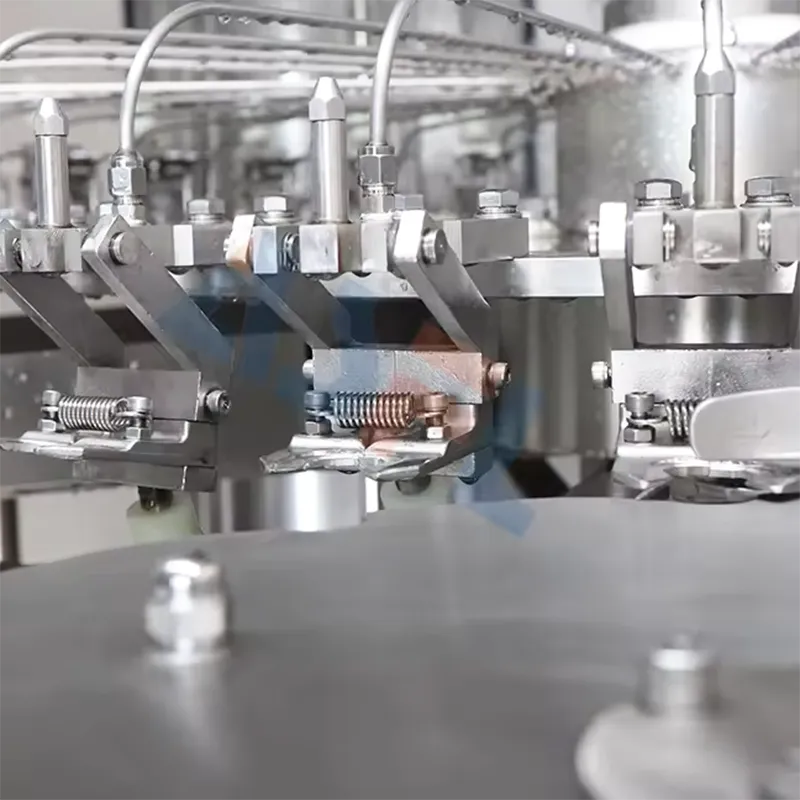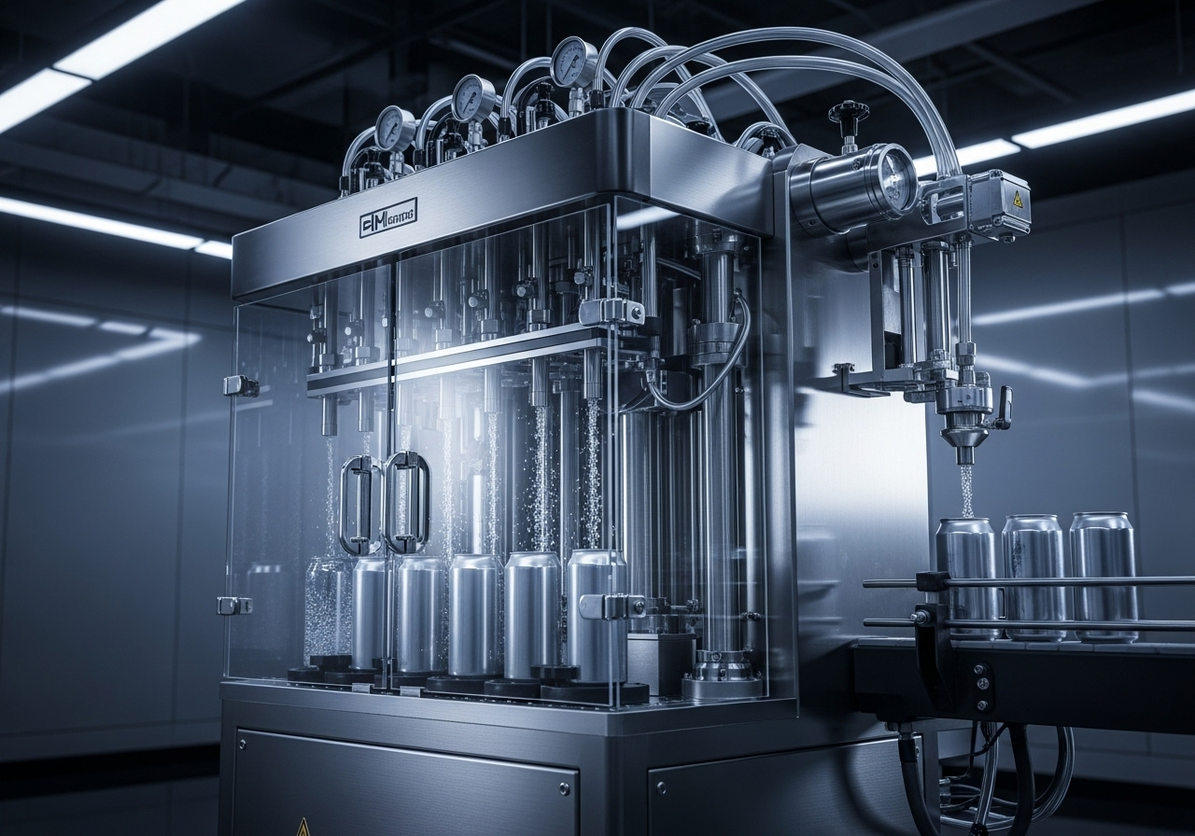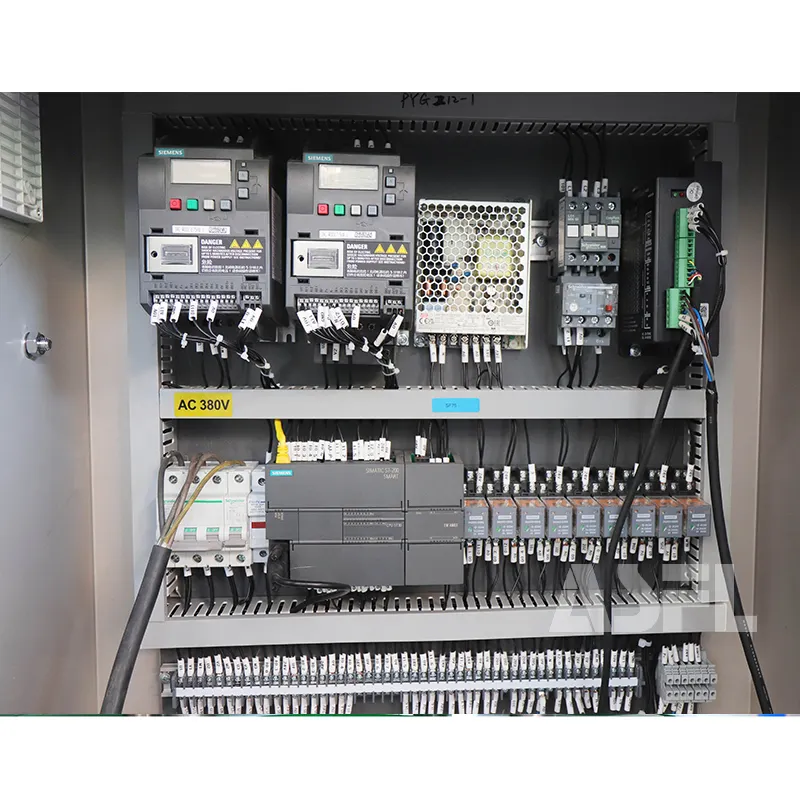"We switched to a cheaper bag labeled 'universal' and our seal rework shot up. It was supposed to save money," a meat plant buyer told me over a hurried call before shift change. Their operations team was frustrated; their customers don't care why seals fail—only that purge shows up in the case.
I get that anxiety. When you’re responsible for revenue, the last thing you want is a packaging choice that backfires. Based on insights from ASFL account reviews across North America, the most common leak stories don’t start with the machine—they start with the bag, the cut profile, and how those two meet on the line. That’s especially true when the line doubles as a vacuum sealer for meat and for prepared items.
So, are vacuum sealer bags universal? The short answer: the label might say so, but the way your sealer pulls air and applies heat tells a more honest story. Let’s unpack where the bottleneck really hides, why “universal” sometimes isn’t, and what changes actually move the numbers you care about.
What's Actually Causing the Downtime?
When I audit a line that’s struggling, the top time sink isn’t usually the machine speed—it’s seal rework and the micro-stops around it. A bag that looks fine on the shelf can cost 8–12 minutes a shift in reseals and cleanup. Over a week, that’s 25–40 minutes of production you’ll never see again. And if your leak rate hovers at 1–3%, you feel the pain in both labor and shrink.
The phrase are vacuum sealer bags universal tends to mislead. Channel-textured bags are designed for small external (edge/channel) sealers that need air paths to evacuate; smooth, high-barrier bags are for chamber sealers that pull vacuum evenly. Put the wrong film in front of the wrong pump and you’ll fight longer cycles, wrinkled seams, and weak corners—especially in heavier cuts.
Meat packaging adds another variable: bone and sharp edges. On a vacuum sealer for meat, thin film that’s perfectly acceptable for deli items can develop pinholes after handling. This shows up as purge under the seal bar or in the box. If your crew is adding bone guard “just in case,” that’s a sign the bag spec and the product aren’t aligned.
How It Actually Works (Plain English)
Think of the vacuum system as a lung plus a heat press. The pump removes air; the bar fuses layers of film. External sealers rely on channels in the bag to let air escape; chamber sealers don’t need that texture because the whole chamber is under vacuum. More air flow isn’t always better—the right flow matters. On a dual-pump unit (for example, we’ve seen teams trial a vevor ASFL vacuum sealerealer machine (dual pump)), the second pump helps maintain draw when the product has irregular geometry, shaving cycle time in the tougher 15–22 second cases down into a steadier 9–12 second window—provided the film and heat settings match.
Seal strength comes from time, temperature, and pressure across a clean, flat interface. Too little dwell and you get peel. Too much heat and the bag thins at the edges and fails when handled. Multi-layer films (3–5 mil) often give better corners on meat, while thinner films can work for flat portions. If you hear claims that “any bag works,” ask which pump type and cycle times they used—and whether the tests included bone-in primals or only tidy, boneless portions.
What Worked (and What Didn't)
In side-by-side trials, precut SKUs with consistent dimensions reduced fiddling during loading. Teams using precut ASFL vacuum sealerealer bags reported fewer wrinkles at the seal line and more predictable dwell settings. Bags in the 3–4 mil range handled bone guard overlays better; 5 mil helped with bone-in shoulders but added 1–2 seconds per cycle unless seal bars were retuned. Rolls were convenient for odd sizes, but inconsistency at the cut edge sometimes created fold-ins that later became leak points.
For buyers asking, “where to buy vacuum sealer bags that won’t mess with my runtime?” here’s what’s helped: choose vendors that publish thickness tolerances, puncture resistance ranges, and heat window guidance. If a supplier can’t state compatible machine types—external/channel vs chamber—expect more trial-and-error on your floor. And keep one SKU for meat and another for prepared items; chasing a single “universal” film usually costs more in rework than it saves in procurement simplicity.
On the machine side, swapping seal wire and upgrading to a wider Teflon on the bar stabilized seams with thicker bags. Claims that “universal” bags fixed everything didn’t hold up when we measured—with mixed loads, the lines that documented bag-to-product pairing had rework rates under 1%, compared to 2–3% when crews grabbed whatever was on hand.
The Pivot at Month Three
Month one was full of optimism; month two revealed the leaks we weren’t seeing in pilots. The turning point came in month three, when the team tightened specifications: one film for bone-in primals with bone guard, another for boneless portions. Operators got a 20-minute refresher on trimming corners and laying seals flat. Cycle profiles were tweaked by +1–2 seconds on thicker bags, and bar temperature was reduced slightly to avoid edge thinning.
The numbers followed: OEE went from 68% to 78% on mixed SKUs, leak-related rework dropped from around 2.5% to roughly 0.8–1.2%, and unplanned micro-stops around seal checks fell enough to free a few extra pallets per week. Not perfect, but real. And it wasn’t just the film. Clear work instructions and a small kit (corner clips, bone guard sheets, scrap bin rules) removed the daily friction operators felt but didn’t think was worth reporting.
The Real ROI Story
Let’s talk money. The cheaper bag often looks great on a spreadsheet but adds soft costs. We’ve seen film price gaps of 4–6 cents per bag. If that swap raises rework from ~1% to ~2–3%, you pay it back in labor and product loss. On meat, even a small uptick in purge can translate to 0.5–1.0% more trim or markdown—more than the bag savings. Conversely, dialing in the right film/product pairing often extends case-ready shelf life by 2–4 days on primals, which shows up as fewer markdowns and fewer returns.
Availability matters too. Buyers who split sourcing between a primary vendor and a backup kept production steadier during supply hiccups. If you’re still asking are vacuum sealer bags universal, frame it differently: are they universal for your specific machine type, average bag size, and product mix? If yes, great—lock that spec and move on. If no, write two specs and stop trying to force the one-bag unicorn.
What about payback? On lines that tightened bag specs, tuned seal settings, and trained operators, the combined effect typically returned the effort in 9–14 months—coming from reduced rework time, steadier cycle times, and lower shrink. If you want to sanity-check the math for your plant, share a two-week sample with the ASFL team: leak counts, rework minutes, average bag cost, and the mix of bone-in versus boneless. We’ll map a simple decision tree you can own, regardless of which supplier you prefer.


